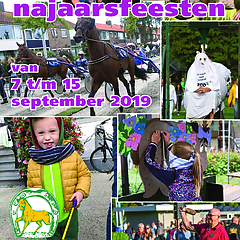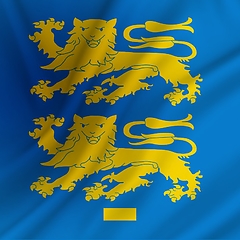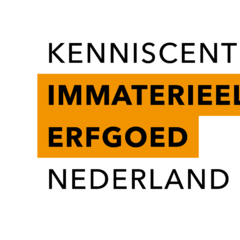This commemorative march is a tribute to the sacrifices of the allied soldiers during the Battle of Arnhem (Sept. 17-26, 1944). The march is held annually on the first Saturday in September.
To highlight the start of the commemorations, a special arch is placed in Oosterbeek on the first Monday of July, drawing attention to the Airborne March and the subsequent commemorations.
Walkers, individuals, groups, and families can choose from four routes. Each route passes historical locations. Among them are the landing zones (Wolfheze and Renkum) of the paratroopers and the gliders, the advance routes, the Airborne Cemetery, the Old Church (used as an emergency hospital) and Museum Hartenstein (the British Headquarters). At the official start at 11 a.m., English and Polish Airborne veterans will be the first to lay a wreath at a small monument. On the routes, only on that day, there will be large frames with photos from 1944 with further explanation. At the cemetery, the walkers will be guided by means of text and explanation and a hand-out with stories about the fallen. A visit to the Airborne Cemetery is a moving and emotional moment for everyone during the march.
The entry of all walkers is graced by approx. 25 bands. Everyone receives a medal upon entry.
Young people are involved in the historical ideas of the Airborne March through a special youth project. By answering questions, they gain insight into the history, at schools drawings are made with the theme Freedom, the maker of the best drawing lays a wreath together with the mayor on September 17. The side activities that are organised are always in the spirit of the project.



